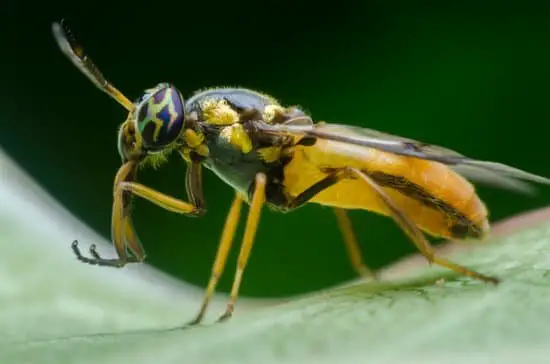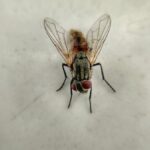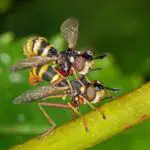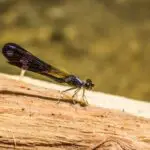How Many Wings Do Flies Have?
While flies appear to only have a single pair of wings, in reality, they have two pairs – the primary wing and its secondary wing. The primary wing generates power for takeoff and flight, and the secondary wing, called a haltere, functions as a gyroscope during flight. The primary wing is also the primary locomotory organ of flies, and the halteres are secondary sensory organs for balance.
Flies are tiny insects that range in size from 1.3 millimeters to a quarter of an inch. They are members of the family Diptera, the same group as mosquitoes and cockroaches. These insects make up almost one quarter of all insects found in temperate regions. Despite their small size, they are among the fastest flying creatures in the world, and they are able to land almost anywhere, including upside down on ceilings. Flies also have a unique ability to make a buzzing noise, as they beat their wings at up to two thousand times per second.
Flies have a distinct pattern of veins. Each vein has a characteristic location and name. This pattern of veins is called venation, and it varies from species to species. In general, primitive flies have more complex venation, while more advanced species have simplified vein patterns. However, many families exhibit reduced wing venation, including some small midges. Moreover, some families exhibit partial or total wing loss. This is primarily due to external parasites or windy conditions.







